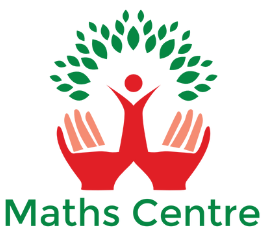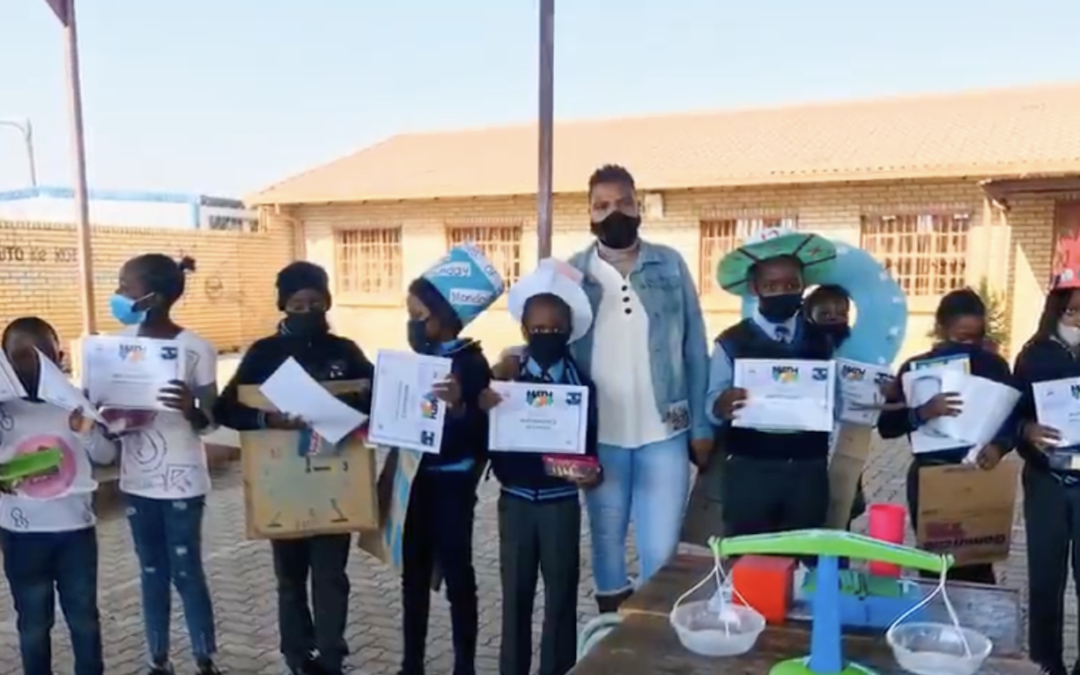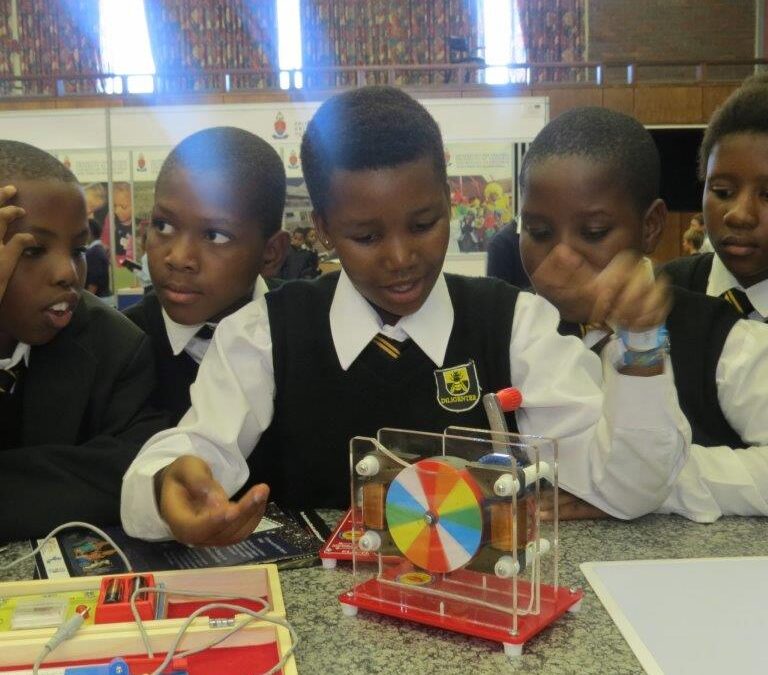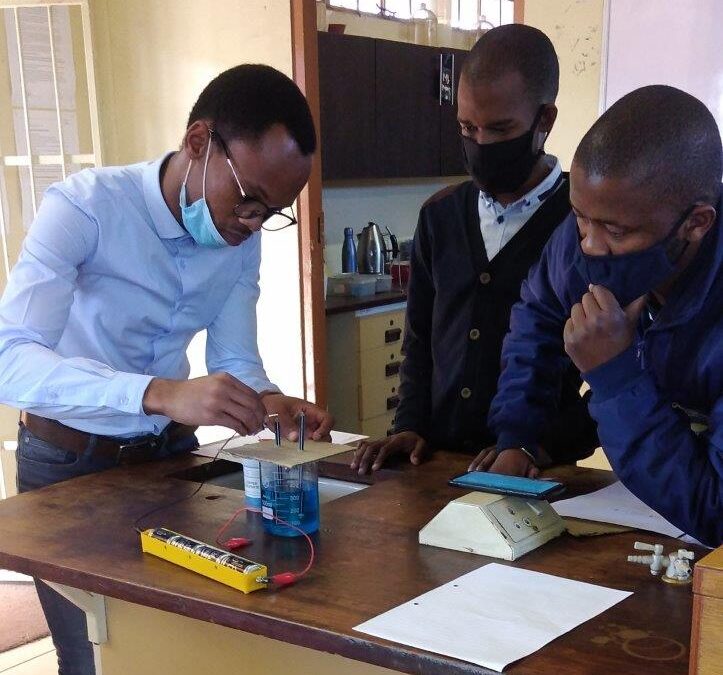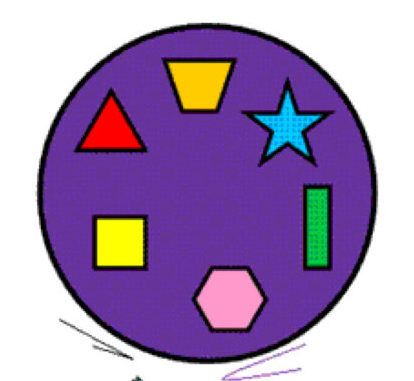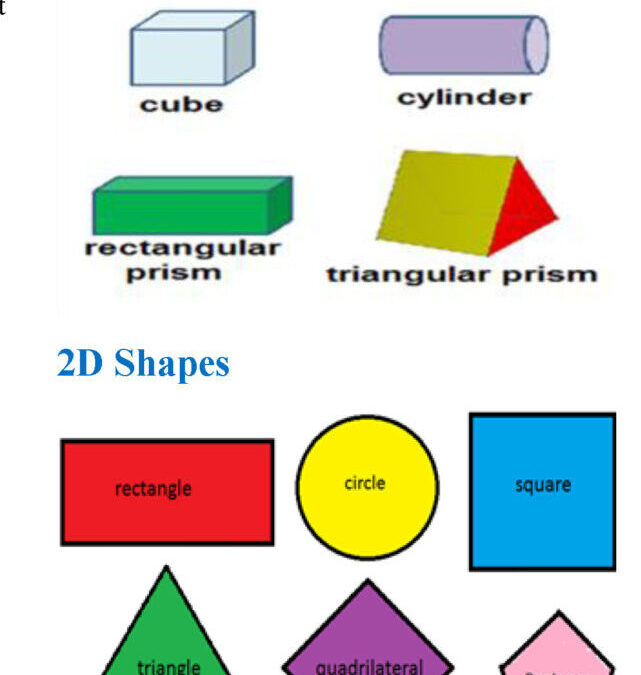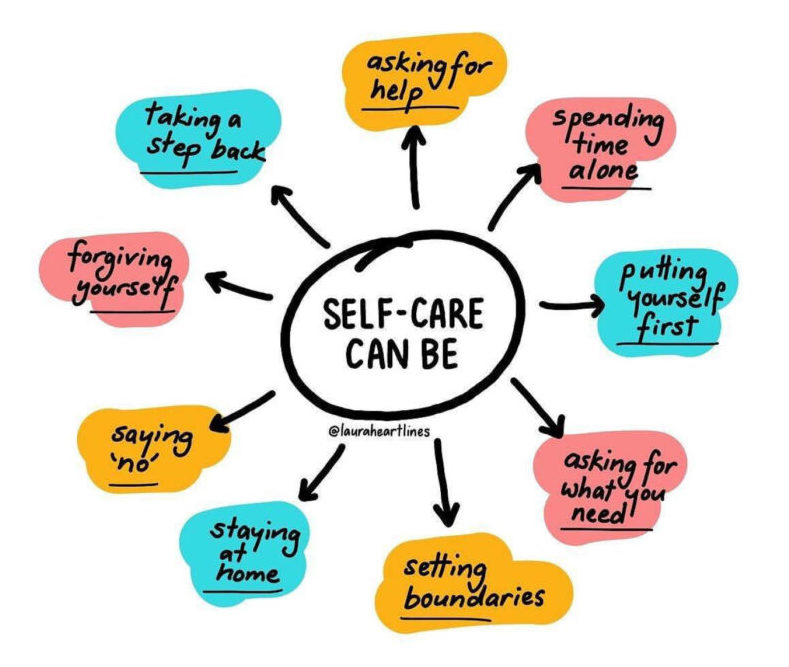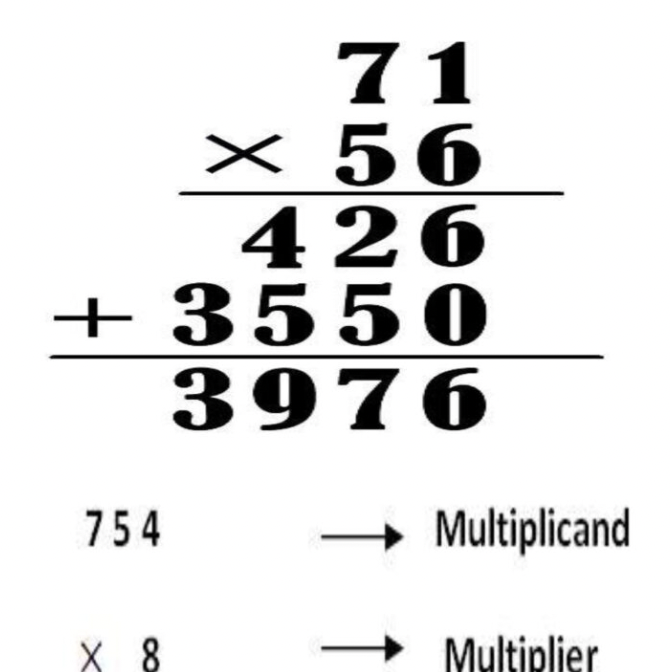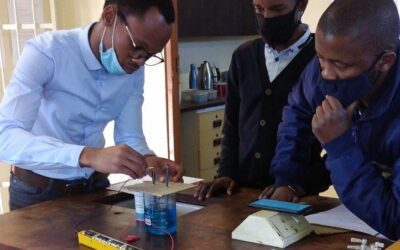By Sharanjeet Shan, CEO at Maths Centre Incorporating Sciences (MCIS)
With the Fourth Industrial Revolution (4IR) looming, a solid STEM (science, technology, engineering, maths) is imperative to bring about the ability to problem-solve. Arising from critical and creative thinking, problem-solving is essential for adaptability – pivotal for survival in a fast-paced time of radical change. Already, one in three young people in South Africa is unemployed (two in three in the lower age range), and, with our country ranking 49th out of 63 economies for digital competitiveness, our future-readiness for Industry 4IR needs to be seriously addressed.
To take advantage of 4IR opportunities, we need to transform our education – especially an interdisciplinary approach to STEM subjects. Maths, in particular, has been identified as means of combatting unemployment and securing sustained socio-economic inclusion. As Finance Minister Nene has said, it’s the best way to move more of our young people into the middle-class and narrow the gap between those who have and those who have not.
At the moment, South Africa is synonymous with poor rankings for maths and reading-with-comprehension. To improve this, we need collaboration with all key stakeholders to prioritise teacher and learner development. Public-private partnerships are the best means of closing critical gaps. We’ve been working with Sanlam Blue Ladder Schools for two years to advance teachers and students through a variety of STEM-focused programmes. This has been a multi-partner approach with a range of other educational NGOs, which has tried to take more of a whole-school/systemic view. With 52 years of experience in this field, here are my seven steps to address current STEM education deficiencies:
1. Teacher development: South Africa is currently in need of systemic processes that make sure that every single teacher develops. Development in the STEM context means instilling confidence in maths and science content and teaching methodologies. If you don’t develop methodology then teachers cannot communicate effectively with children. This has to be taught.
In education, teachers and learners come first. We need to make it a law that teachers complete programmes devised to help them reach set standards of competency. We also need ongoing appraisal systems to intervene early when incompetence is evident and to add reward to teachers who excel. And we need to pay teachers sufficient salaries to incentivise continuous learning and excellence.
2. Parent involvement: There are huge gaps in SA from a parent perspective. Unless children have access to involved guardians who encourage them to read, debate and take part in stimulating interactions and dialogues, they’re going to struggle to embark on that critical journey of self-discovery. The start of kids’ understanding of ‘who am I, where can I go with my life’ begins at home. We need to support and empower parents who might not have formal education, to still be in a position to assist their children succeed at school. Part of the programme which MCIS runs at the Sanlam Blue Ladder Schools is the “Parents Count/Parents Matter” workshops which help capacitate parents to assist children with maths at home and also empower them to engage positively with teachers.
3. Youth empowerment: It’s imperative that young people start to question what they want to do after matric – and how education can get them there – so they ‘buy into’ their education. For example, if a teenager wants to be a psychologist or an engineer, she or he will need to take maths, not maths literacy, in school. In 2016, the ratio of maths literacy to maths matric students stood at 1.5:1 versus 0.9:1 in 2008. Not great in a country desperate for engineering and IT talent. Young people need far wider and deeper exposure to role-models who are examples of success. They need to be able to engage with jobs and companies who they might not normally get exposure to. One of our programmes with the Sanlam Blue Ladder Schools focuses on bringing in successful professionals in business and in entrepreneurship who come from similar environments to these learners, who are simply able to share their stories and offer encouragement, advice and often hope.
4. A cohesive strategy of quality assurance: There is still a need for an over-arching strategy for all learners, all teachers, all resources, and to manage all assessments to enable learners to make the most of the opportunity that is the school. The Department must set up an inspection system to ensure the quality of teaching and the quality of learning to a high standard in all schools. We have to engage and partner with teacher organizations to balance the important protection of teacher rights with the need for quality teaching outcomes.
5. Tertiary opportunities and employability: According to the Centre for Risk Analysis’s report titled ‘Education is the single greatest obstacle to socio-economic advancement in South Africa’ – only 3.1% of black people over the age of 20 have a university degree, in comparison to 13.9% of Indian and 18.3% of white people. Additionally, only 6.9% of matric candidates pass maths with 70-100%, and, in the poorest schools, less than 1 in 100 matric students will receive a distinction for maths. This limits tertiary opportunities.
As well as fixing ECD and primary school education, there have to be viable – and affordable – adult education programmes. The problem with our colleges currently is their quality and their appropriateness. With youth unemployment rising and 4IR on the horizon, we simply have to provide young people with ways to acquire globally-equivalent skills.
6. Transformation: We have to build schools that have a transformational ethos. Kids are frequently underfed, face teacher absenteeism, teacher abuse, unsafe school environments, corporal punishment and even sexual abuse – especially for girls – which, in part, explains why less than half the kids who enroll in grade one complete matric. It’s not easy to be at school in South Africa. To truly change schools, we need to secure high-powered school leadership. We need committed, incorrigible, strong, decisive leaders who champion positive change. Transformation cannot happen without the right leaders.
7. Corporate investment: It’s only by all stakeholders – private and public – collaborating to ‘fix’ our education deficiencies that we’ll make any real progress. Businesses are already facing a talent dearth in many industries. To overcome this, these businesses need to invest in young people while they’re still in school. Through our work with Sanlam, for example, we’ve been able to empower xx learners and xx teachers, across Grade R to 12. Sidebar: Sanlam Blue Ladder Schools and Maths Centre Partnership:This partnership developed when the Sanlam Foundation shifted its maths education focus to a more systemic approach, which started with the identification of some of the barriers to the effective teaching and learning of maths at partnering schools. In 2016 Sanlam Foundation identified 25 schools with the help of the MEC offices of the Gauteng, KZN and WC Education Departments. Sanlam invested heavily into addressing issues of sanitation and infrastructure at these schools as a pre-cursor to its focus on maths development. At the start of 2017, Sanlam scanned the market for thought-leading maths NGOs to partner to develop customised maths interventions to sustainably shift the maths environments at partner schools. MCIS stood out as one of the top organisations in this field, with a very good track record of success. A further 50 schools have been added to the Sanlam Blue Ladder Schools programme and MCIS runs the programme in Gauteng and the high schools in the Western Cape. This programme will run until the end of 2021.
Cohort 1: 2017 – 7 Primary Schools (Grade 1-7) and 5 High Schools (Grade 8-12)Cohort 2: 2018 – 19 Primary Schools (Grade 1-7) and 13 High Schools (Grade 8-12)
Project Beneficiaries:Learners = 26090 (Primary School), 22 318 (High School)Teachers = 412 (Primary School), 115 (High School)
http://www.achieveronline.co.za/articles/7-ways-to-save-sa-s-stem-education-before-4th-industrial-revolution-hits-26561.html
